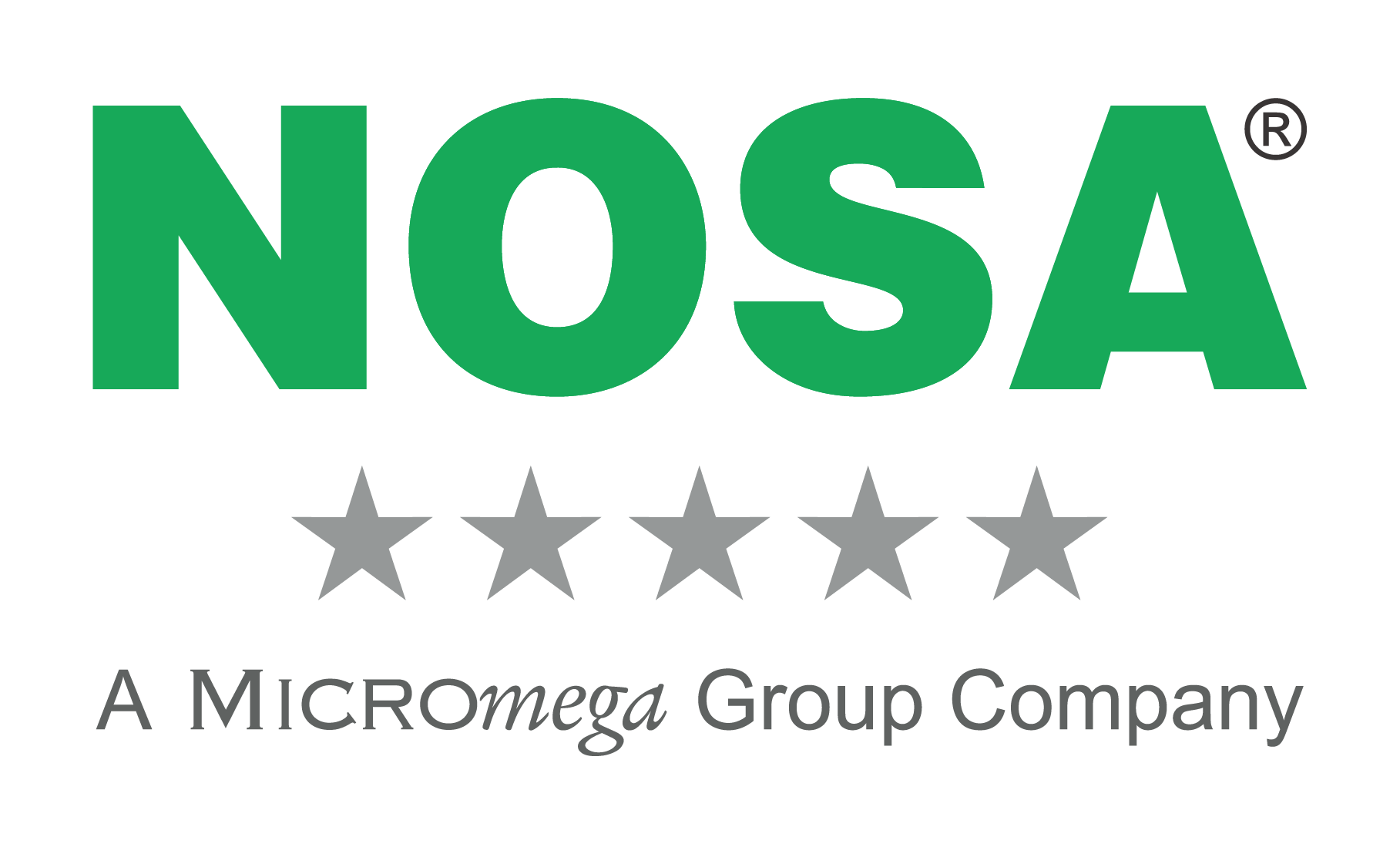In the second part of our overview on the eight-step process for rolling out an effective HSE training programme, we unpack the final four steps:
|
Step 5: Developing your training materials Step 6: Implementing the training Step 7: Evaluating the training Step 8: Rinsing, lathering, and repeating any step when necessary |
 |
Step 5: Develop your training materials
Once you’ve designed your training materials, it’s now the time to develop them. You may create a variety of training materials using several different tools during this step. Be creative and mix and match your options to best fit your employees’ training needs. While creating materials, always keep in mind two primary concerns:
- The things that will help your employees learn most effectively
- The learning objectives
Step 6: Implement the training
It may seem obvious, but one of the most critical things you’ll have to do in this phase is inform the employees attending the training. Give them plenty of time to work the training into their schedules and to complete any necessary pre-training preparation.
In addition to informing your employees, you may also need to:
- inform the workers’ supervisor
- reserve rooms for training
- buy any necessary supplies
- work through any scheduling or traveling logistics
- have food and drinks available.
In terms of the actual training, implementing the training can take a variety of forms. It could be any of the following (or a combination of all or some of them):
- Classroom instruction
- Practice opportunities (such as role-playing exercises, focus groups, case studies, or small group assignments)
- On-the-job skills-based training
- Delivery of paper-based hand-outs for individual reading and study
- Completion of e-learning modules on a computer
Remember:
If your training includes:
- an on-the-job skills-based component, make sure you know exactly what the employees must do to demonstrate competence. Define this in advance, when you’re creating your learning objectives, and don’t leave it unstated or vague.
- a classroom instruction component, there are a number of things you can do to make this more productive. Although the key things involve letting the employees be active participants, instead of passive and bored listeners, more mundane things, such as:
- room temperature
- lighting
- table and chair set-up
- visual aids
-the intructor's presentation style
also play a role.
Step 7: Evaluate the training
It’s easy to provide training to workers, pat yourself on the back, and think you’re done. But if you do, you’ve put your cart before your horse. If your goal is to deliver effective training that changes your worker’s behaviour and skill on the job, then you need to confirm that the training was effective. The standard way to do this is to conduct post-evaluation of the training.
This is done at four different levels:
Evaluate your employees’ reaction to training
Did the employees like the training? Did they feel like they learned? You can find this out by:
- observing the employees during training
- asking their opinions
- handing out surveys.
You can hand out paper-based surveys after training if you want, but you may get better results if the survey is anonymous.
Evaluate your employees’ actual learning
The assessments you conducted during the training should evaluate the employees’ actual learning of the objectives. This might include simple tests for knowledge issues, or case studies, job simulations, or hands-on exercises for skills and attitudes.
Evaluate your employees’ post-training job behaviour
Are the workers taking the new knowledge/skills/attitudes from training and applying them at work where it counts? Observing the employees’ on-the-job work behaviour will determine this, as will other performance-based metrics.
Evaluate quantifiable business results
Did the training result in reaching the desired business goal (i.e. were workplace incidents reduced)?
After you’ve performed these four levels of evaluation, you may determine that the training was as effective as you hoped, or even more. If so, congratulations.
Step 8: Rinse, lather, and repeat any step when necessary
You may have to return to different parts of this process in the future for a few reasons:
- If your original training proves to be ineffective at any of the four levels.
- If you get new employees or if the work process changes.
But don’t panic. Now that you know the method, just work your way through. If you made some errors the first time, just go back and do it better the next time.
10 cardinal rules for trainingKeep the following in mind when implementing your training programme.
Dos
Don'ts
|
Sources:
http://blog.convergencetraining.com/how-to-create-an-effective-training-program-8-steps-to-success
http://www.acc.co.nz/PRD_EXT_CSMP/groups/external_ip/documents/publications_promotion/wcm000924.pdf
http://www.startupdonut.co.uk/startup/employees/people-management/how-to-identify-training-needs





